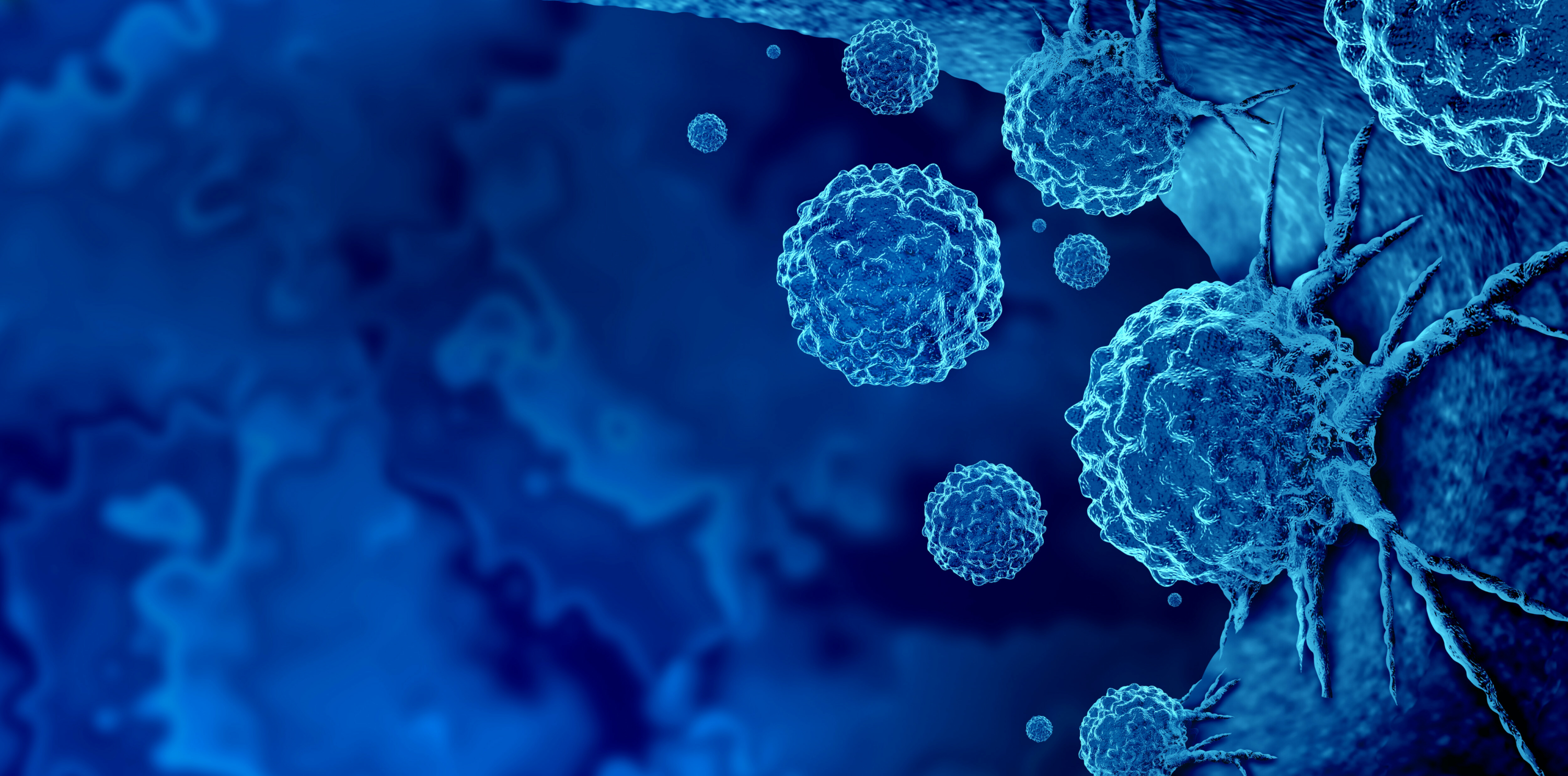Arcturis researchers have developed AI models to forecast poor prognosis in chronic kidney disease (CKD) and uncover clinical markers that signal the need for specialised treatment.
Around 10% of adults in the UK are suffering from CKD, many of them undiagnosed. Worldwide the condition causes 1.2 million deaths annually and carries an increased risk of other medical complications. A major clinical challenge in CKD is the progressing to late-stage disease which requires dialysis or kidney transplants. Late-stage disease is associated with high mortality and poses a large burden on patients and healthcare systems alike.

Whenever a CKD patient visits their care team a variety of clinical information, vital signs, laboratory tests and treatment data are collected. Pioneering work that combines such real-world data with the latest artificial neural network technology has delivered accurate and clinically actionable insights into complex disease trajectories.
Arcturis’s models learn clinical insights across large sets of de-identified data that comprise tens of thousands of patients and hundreds of millions of observations, covering continuous patient pathways over many years. Our specialised deep neural networks learn disease trajectories, allowing them to discover patients at the highest risk of CKD progression and reveal personalised risk factors for poor prognosis.

Learning from real-world clinical data, our models identified signatures of pre-existing conditions, markers in routine clinical tests and combinations of drugs that carry a higher risk of CKD progression. These insights are used to build early warning systems that discover at-risk patients before they deteriorate and recommend them for new treatments or recruitment into clinical trials. They also revealed patient groups that benefit from specialised therapy and novel approaches for disease management. With rich longitudinal real-world data, the AI models outperformed standard clinical risk evaluation tools, like the Kidney Failure Risk Equation, reaching areas under the ROC curve of 70 – 88%.
Through the combination of high-quality real-world data with state-of-the-art machine learning approaches, Arcturis envisions that such systems will enable future precision medicine approaches and extend to a variety of other chronic and acute diseases.
